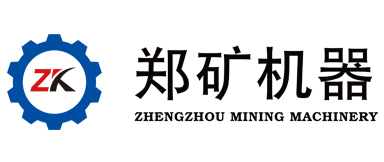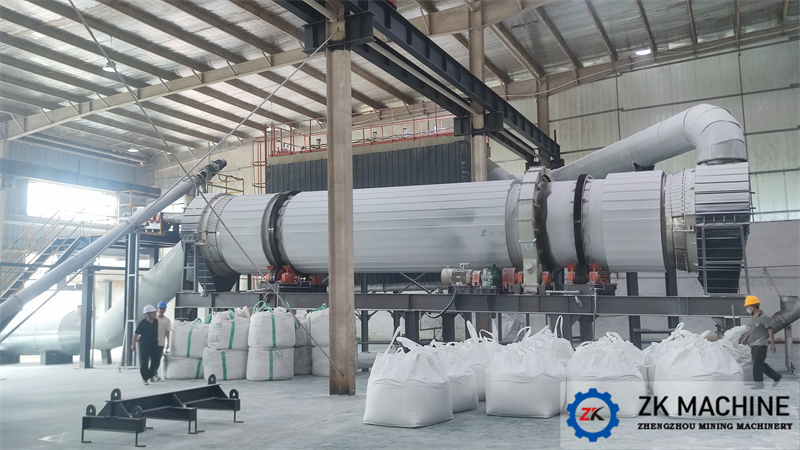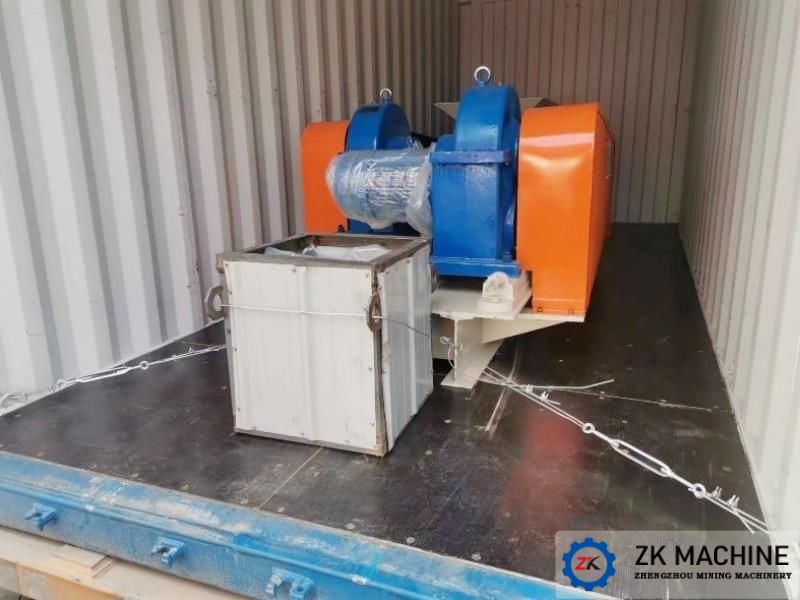Working Principle and Structure Composition of Zinc Oxide Rotary Kiln
Zinc oxide rotary kiln is the calcination equipment used for processing the zinc-bearing materials to get the zinc oxide. The zinc oxide rotary kiln manufactured by ZK Corp. is specialized used and designed for the production of zinc oxide, as the zinc oxide exists in powdery. Because the zinc oxide is very fine powder, so we have to make a special rotary kiln for zinc oxide production, that is what we say now "zinc oxide rotary kiln".
Application of Zinc Oxide Rotary Kiln
Mainly used in building materials, metallurgy, chemical, refractory materials, environmental protection industries, chemical products - water zinc sulfate, zinc sulfate heptahydrate, refractories, the zinc oxide is the main raw materials for the production of steel-making zinc ball. For Building construction, it is widely used in the production for containers, fire board, arts and crafts, vegetable greenhouses, wall insulation board, activity board, asbestos etc. Because of good adsorption, low melting point, so it is also used for paint coatings refractory bricks, magnetic materials, ceramics, rubber tires etc.
Advantages of Zinc Oxide Rotary Kiln
1. Zinc oxide rotary kiln has simple configuration, it can reduce the investment costs and improve productivity
2. Zinc oxide rotary kiln has high beneficiation efficiency, and it can produce good quality zinc oxide by the calcination process, and this kiln has less nodulation.
3. The entire zinc oxide production line has smooth operation and large production capacity, in the smelting process, it can also greatly reduce the fuel cost.
Working Principle of Zinc Oxide Rotary Kiln
Zinc oxide rotary kiln working principle is the whole process and principles of the calcined zinc, zinc-containing materials. Generally it adopts the zinc oxide rotary kiln to process of the zinc-containing filter cake. The zinc in the filter cake mainly exists in the form of zinc ferrite, oxide and sulfate. Under the high temperature in the rotary kiln, the zinc ferrite and solid carbon will produce the reaction for oxide-reduction, then it will get the zinc, at the same time lead and cadmium sulfate also be reduced, will volatilize in the form of sulfide and gold bucked out. The reduced and volatilized metal from the solid phase will be re-oxidation, and finally will be produced in the form of oxide.
Note: The amount of air into the zinc oxide rotary kiln should ensure that the flue gas has sufficient oxygen to re-oxidize all the metal vapor, sulfide and carbon monoxide. Increasing the amount of air in the zinc oxide rotary kiln will increase the recovery zone to the feed end. On the contrary reducing the amount of air, the reduction area is shortened and the starting section of the reduction zone extends toward the discharge end.
The working principle of the whole zinc oxide rotary kiln is taking use of the character of metal zinc, cadmium, lead and cadmium sulfide and lead oxide at high temperatures with high vapor pressure, to make the zinc, lead, cadmium and other metals in the form of oxide to transform the volatile matter, copper and precious metals will convert to the kiln residue, and the metal in the volatile matter and kiln slag will be recovered by using another methods.
Structure Composition of Zinc Oxide Rotary Kiln
1. Zinc oxide rotary kiln is composed of kiln body, rolling ring, support roller and support roller shaft, thrust roller, transmission device etc.
2. Kiln body: Zinc oxide kiln body generally is welded (or riveted ) by 20 mm thick steel plate into a cylinder.
3. Rolling ring: Rolling ring is not directly covered on the kiln body, but mounted on the kiln body through the base plate, its function is to strengthen the zinc oxide rotary kiln body, meanwhile, it can transmit the weight of the cylinder to the thrust roller. For the zinc oxide rotary kiln which is used for the production of refractories, it normally has 5 to 8 rolling rings.
4. Support roller and support roller shaft: The support roller is mounted on the support roller shaft by means of a hot assembly, and the support roller shaft is mounted into two bearings which have bronze bushings. The water temperature used for bearing after cooling is not more than 25 degrees.




